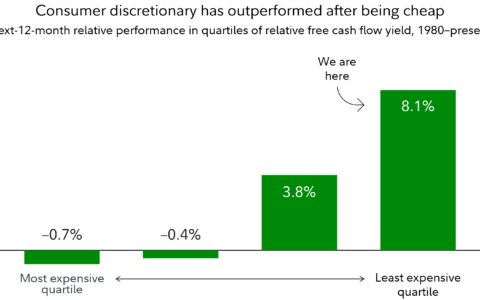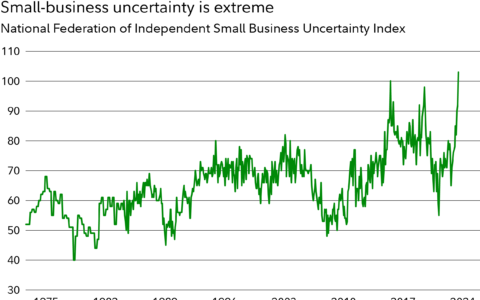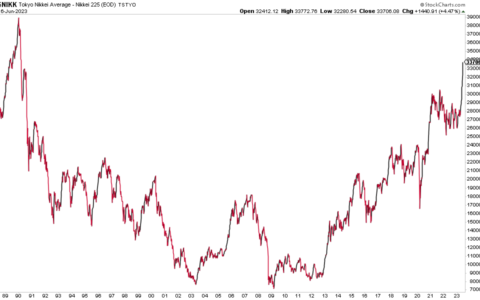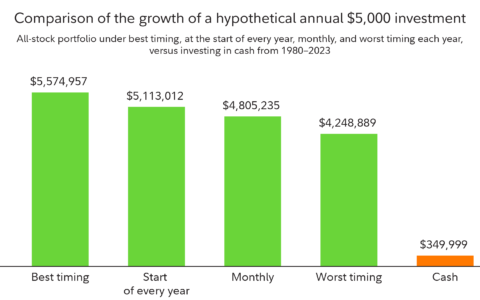In the vast ocean of investment strategies, value investing has long been an anchor for those looking to buy stocks at prices believed to be below their intrinsic value. But what exactly is value investing, and how can investors harness its principles to make informed decisions in the stock market? Let’s dive deep.
The Essence of Value Investing
| Metric | Objective |
|---|---|
| Price-to-book | Identify Undervalued Stocks |
| Forward price-to-earnings | Find undervalued stocks with strong earnings on a forward-looking basis |
| Enterprise value to cash flow from operations | Evaluate stocks using a holistic company view (equity and debt) |
Think of value investing as bargain hunting in the financial markets. Originating from the insights of Columbia University professors Benjamin Graham and David Dodd in their 1934 masterpiece, “Security Analysis,” value investing focuses on purchasing stocks at prices that appear undervalued relative to their actual worth.
Picture this scenario: It’s just days before Halloween, and you’re frantically searching for a costume. As the days trickle away, the choices become slimmer, and prices soar. Come November 1st, those very costumes are available at slashed prices. The parallels between this scenario and value investing are clear: both seek value in buying low to sell high.
Understanding Value Metrics
Dispersion in returns between sector metrics
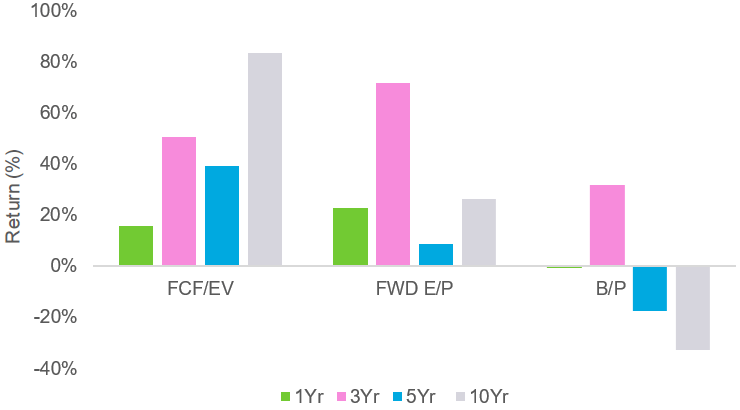
Valuation metrics
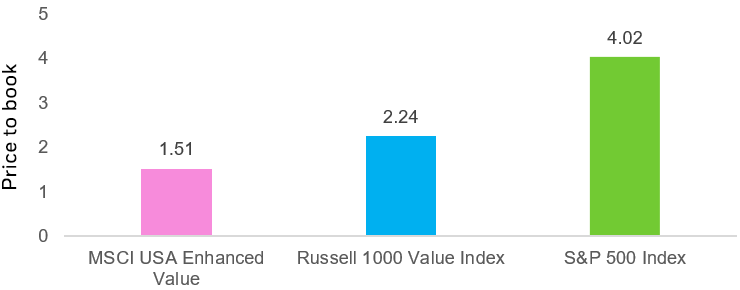
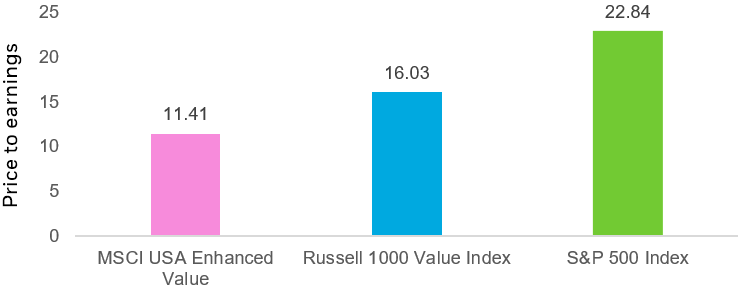
To truly grasp value investing, one must delve into the metrics that define it. BlackRock adopts a multi-faceted approach to determine value:
- Price-to-Book (P/B): This metric gives investors a sense of the market’s valuation of a company relative to its net assets. A stock with a low P/B might indicate it’s undervalued, whereas a high P/B could suggest the opposite.
- Forward-Price-to-Earnings (P/E): By juxtaposing a stock’s price with its projected earnings, this forward-looking metric can aid in determining a company’s relative appeal based on future earnings.
- Enterprise Value to Cash Flow from Operations (EV/CFO): Here, we gauge the value of an entire firm, considering its total debt, market value, and cash reserves in relation to its operational cash flow.
Different metrics can yield varying results, as shown in studies that reveal substantial returns dispersion between these benchmarks.
Crafting a Value Portfolio
Sector Allocation (%)
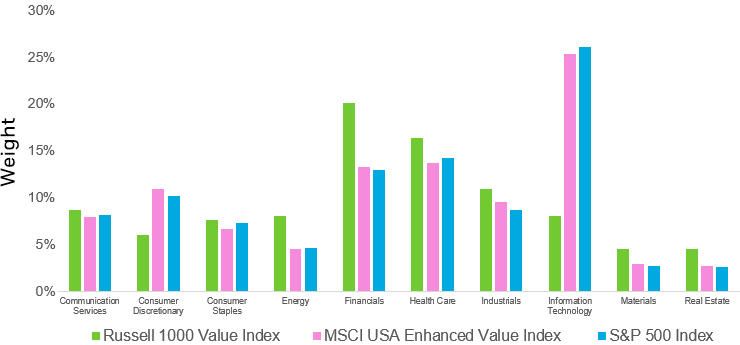
How one chooses to incorporate value into their portfolio is crucial. Established indexes like the MSCI USA Enhanced Value Index and the Russell 1000 Value Index provide a solid foundation for those inclined towards a more value-centric approach.
Analyzing the metrics, the MSCI USA Enhanced Value Index stands out with its significantly lower valuation ratios compared to other benchmarks. However, this also means that it could underperform during unfavorable times for value stocks.
An equally crucial aspect is sectoral considerations. Since some sectors inherently appear cheaper than others, it’s paramount to strike a balance to avoid unintentional sector biases. Comparing companies within the same sector is essential for a more nuanced understanding.
The MSCI USA Enhanced Value Index, for instance, maintains a sector-neutral stance and compares companies based on their intra-sector peers.
The Rationale Behind Value Investing
At its core, value investing thrives on the principle of risk and reward. Historically, value companies have traded at more significant discounts than their growth-oriented counterparts. Such discounts arise from a combination of risk aversion and behavioral biases, like paying premium prices for past growth.
Value-focused strategies home in on stocks that seem undervalued. If two firms exhibit similar profits or book values, the preference leans towards the one priced lower as it promises higher expected returns.
In Closing: The Digital Evolution of Value Investing
While traditionally, investment managers relied heavily on analyst teams to pinpoint undervalued assets, technological advances have revolutionized this approach. Modern-day investors can now systematically identify stocks that seem undervalued.
Choosing a low-cost, tax-efficient ETF can further streamline the investment process. By offering exposure to a diverse portfolio that ticks multiple boxes – from valuations to earnings – without unnecessary sector biases, investors can effectively leverage the timeless principles of value investing in today’s digital age.
Author:Com21.com,This article is an original creation by Com21.com. If you wish to repost or share, please include an attribution to the source and provide a link to the original article.Post Link:https://www.com21.com/demystifying-value-investing-navigating-bargains-in-the-financial-seas.html




